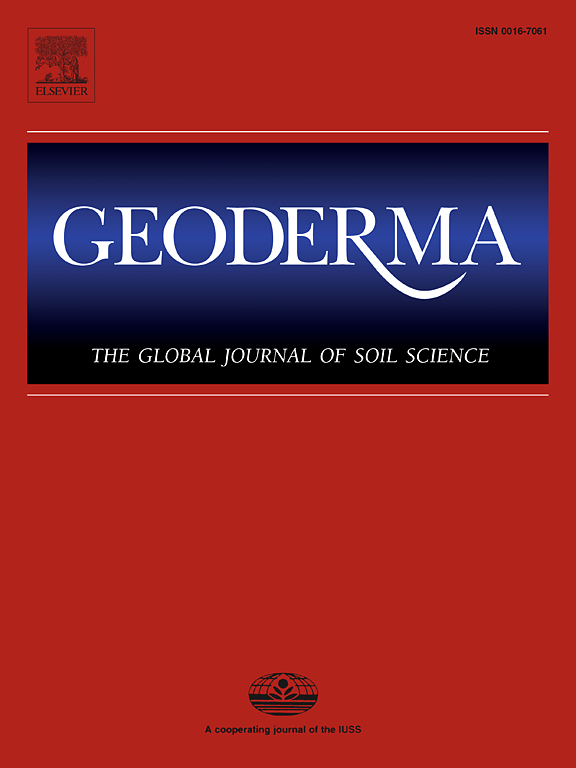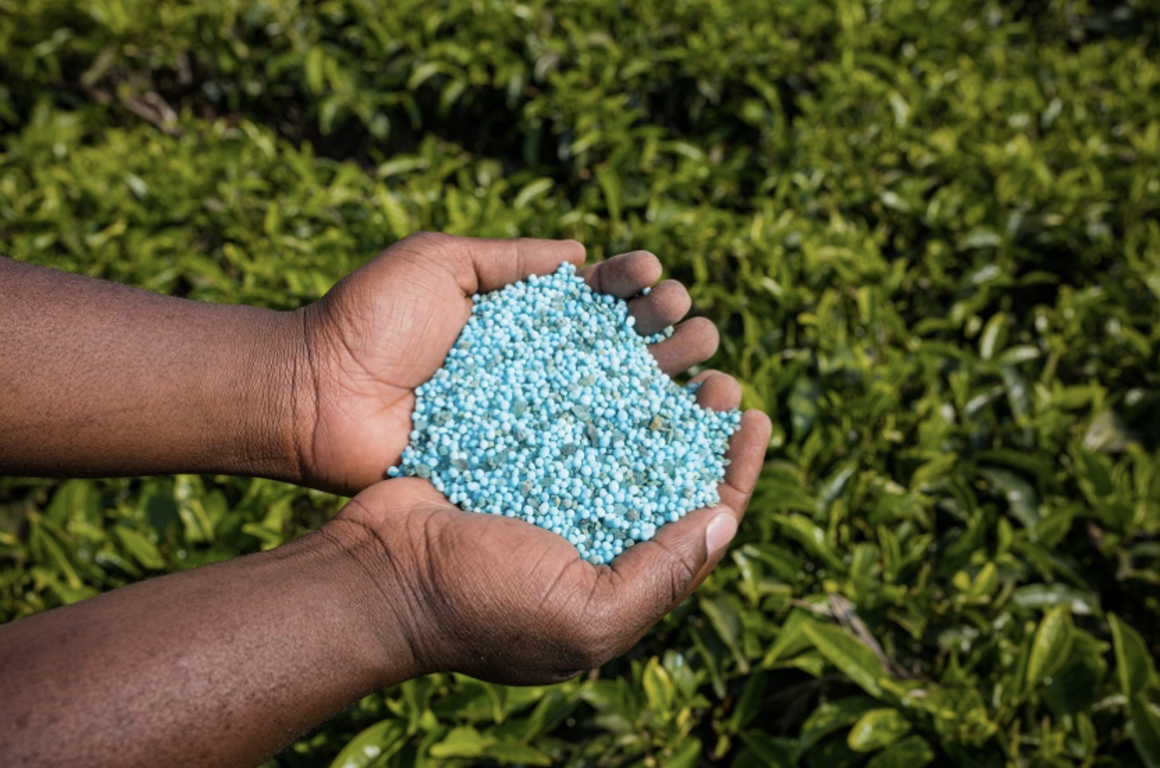Nitrous oxide production pathways in Australian forest soils
Pan, B., Zhang, Y., Xia, L., Lam, S. K., Hu, H.-W., & Chen, D. “Nitrous oxide production pathways in Australian forest soils.” Geoderma, 420, 115871. DOI: 10.1016/j.geoderma.2022.115871
Forest soils are a major source of N2O emissions from terrestrial ecosystems. However, the magnitude and contribution of N2O production from different pathways in Australian forest soils remain uncertain. We conducted a 15N tracing laboratory incubation experiment on 13 forest soils sampled from subtropical, temperate and arid regions across Australia and found that forest soils in temperate areas had the highest N2O emission rate (19.5 µg N kg−1 soil d-1), followed by subtropical and arid soils (3.84 and 3.80 µg N kg−1 soil d-1, respectively). N2O production in Australian forest soils was mainly derived from the organic nitrogen (N) pool; its contribution followed the order of arid (78%) > subtropical (69%) > temperate (59%). N2O emission potentially from heterotrophic nitrification was negatively correlated with latitude (p < 0.05) and the contribution of soil organic N to N2O production was negatively correlated with soil total N and total carbon (C) content (p < 0.01). Our study improves the understanding of N2O production pathways from warm arid to cool temperate regions in Australian forest soils.




